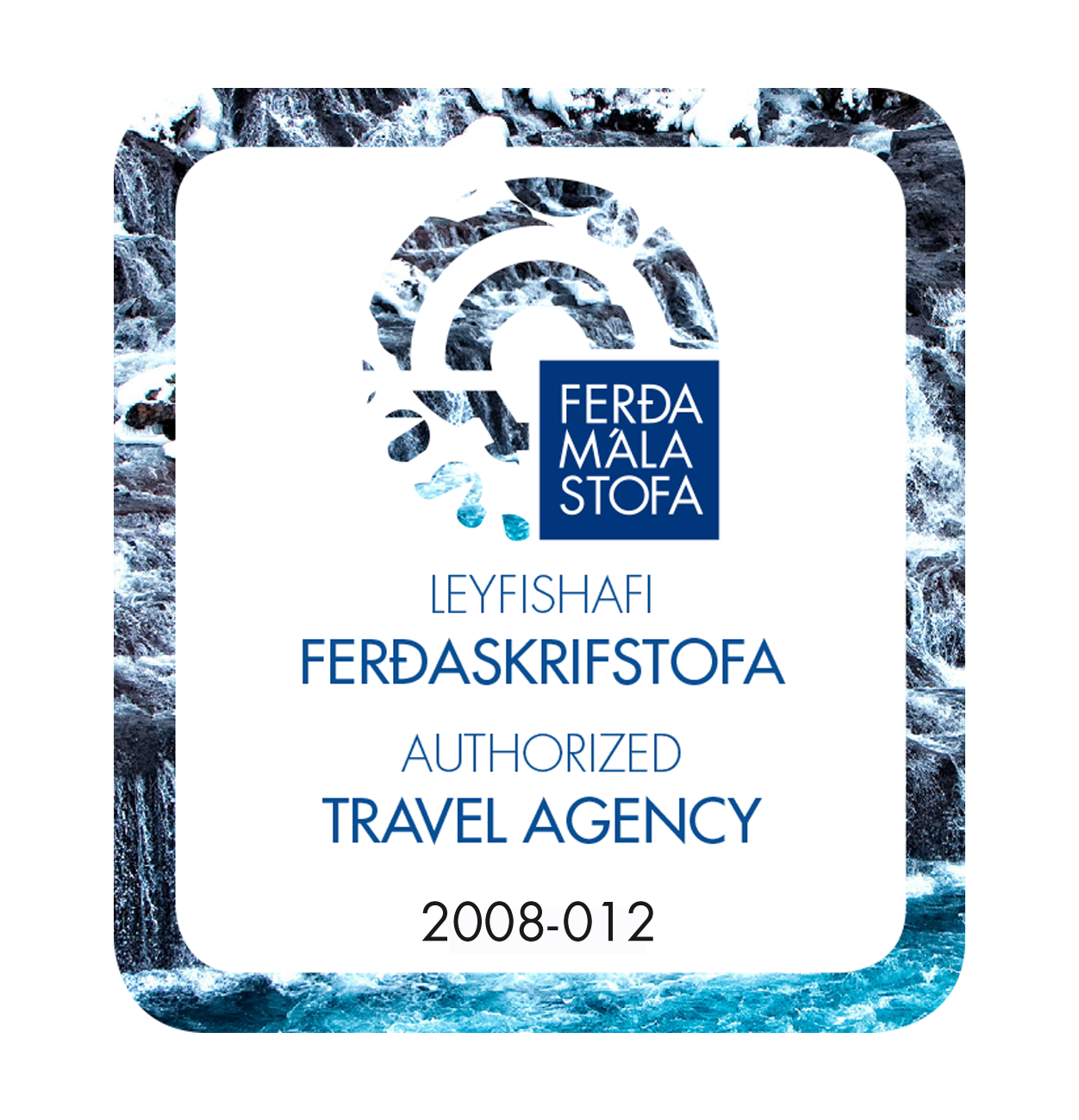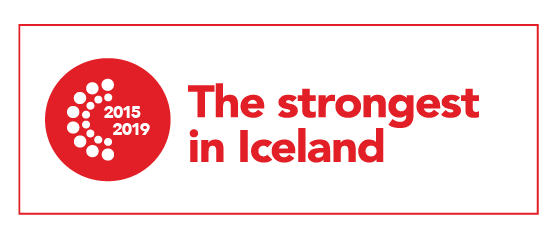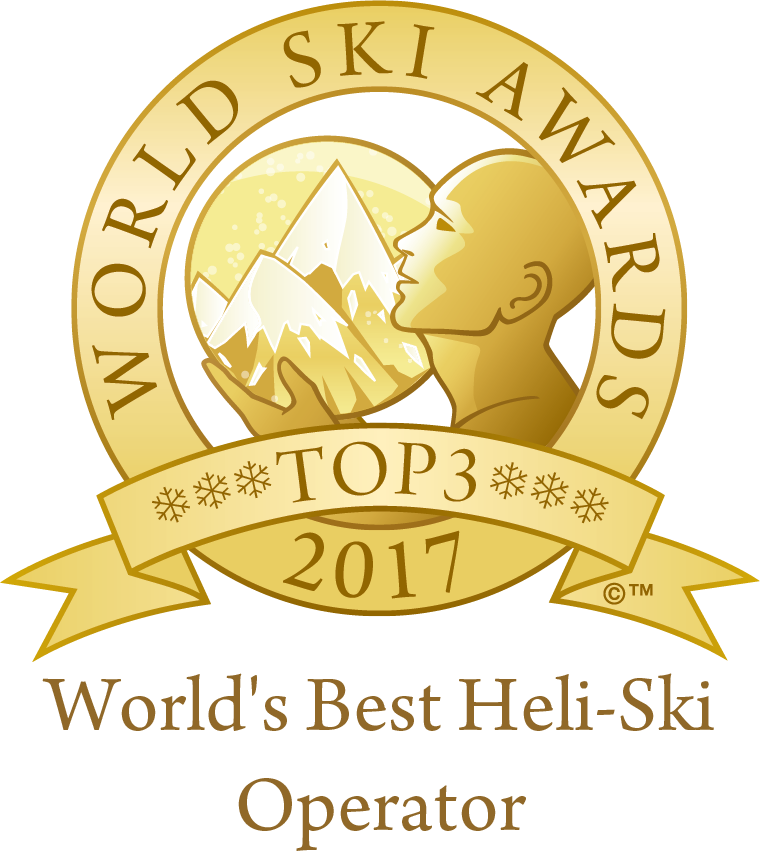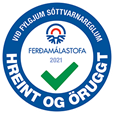Frequently Asked Questions
We have tried our best to provide answers to our most frequently asked questions from guests. Of course if you do not find the answer you are looking for below please do not hesitate to contact us and we will be happy to provide you with further information.



